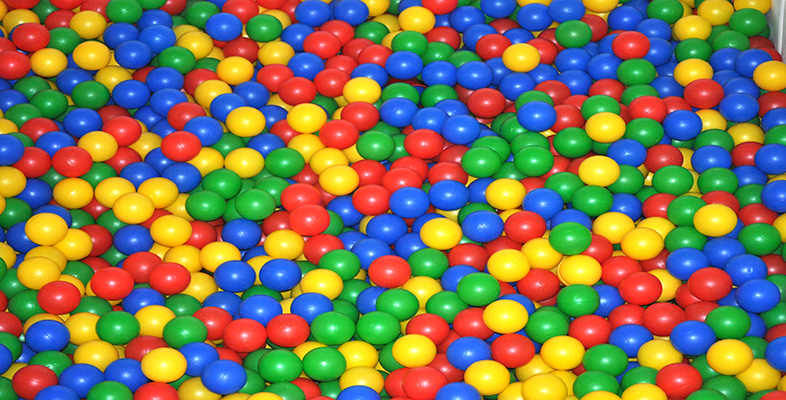4 Polymerization
4.1 Understanding the polymerization process
Converting monomer to long chain polymer is the final step in the polymer manufacturing sequence. Polymerization is usually highly favourable in thermodynamic terms, mainly on energetic grounds because ordering molecules into linked chains is a process where the entropy is decreased. Heat is always given out during polymerization owing to the very favourable energetics of reaction, a point you may have noticed if you have ever made GRP parts for your car, for example!
Advances in catalysis have given a high degree of control over both structure and molecular mass so that grades of a given polymer can be tailored for specific end usage. It is possible to look at polymerization in at least two different ways: the nature of the catalyst used, and the way the chains grow to form the final product. Polymerizations can be conducted in the gaseous, liquid or solid state, and now in the liquid crystal state to produce highly oriented macromolecules. An appreciation of the kind of advances that have been made is important because of the new possibilities for manufacturing finished products that are becoming available.
A basic understanding of polymerization processes is important not only because polymerization affects structure, and hence properties, but also because some processing routes can convert monomers directly to a finished shape. They offer manufacturing industry considerable benefits both in direct and indirect costs. An extra dimension to polymer structure is added by the possibilities of copolymerization, where two or more different monomers are polymerized together. In one sense it is comparable to alloying different metals to produce an appropriate balance of properties in the final product.
